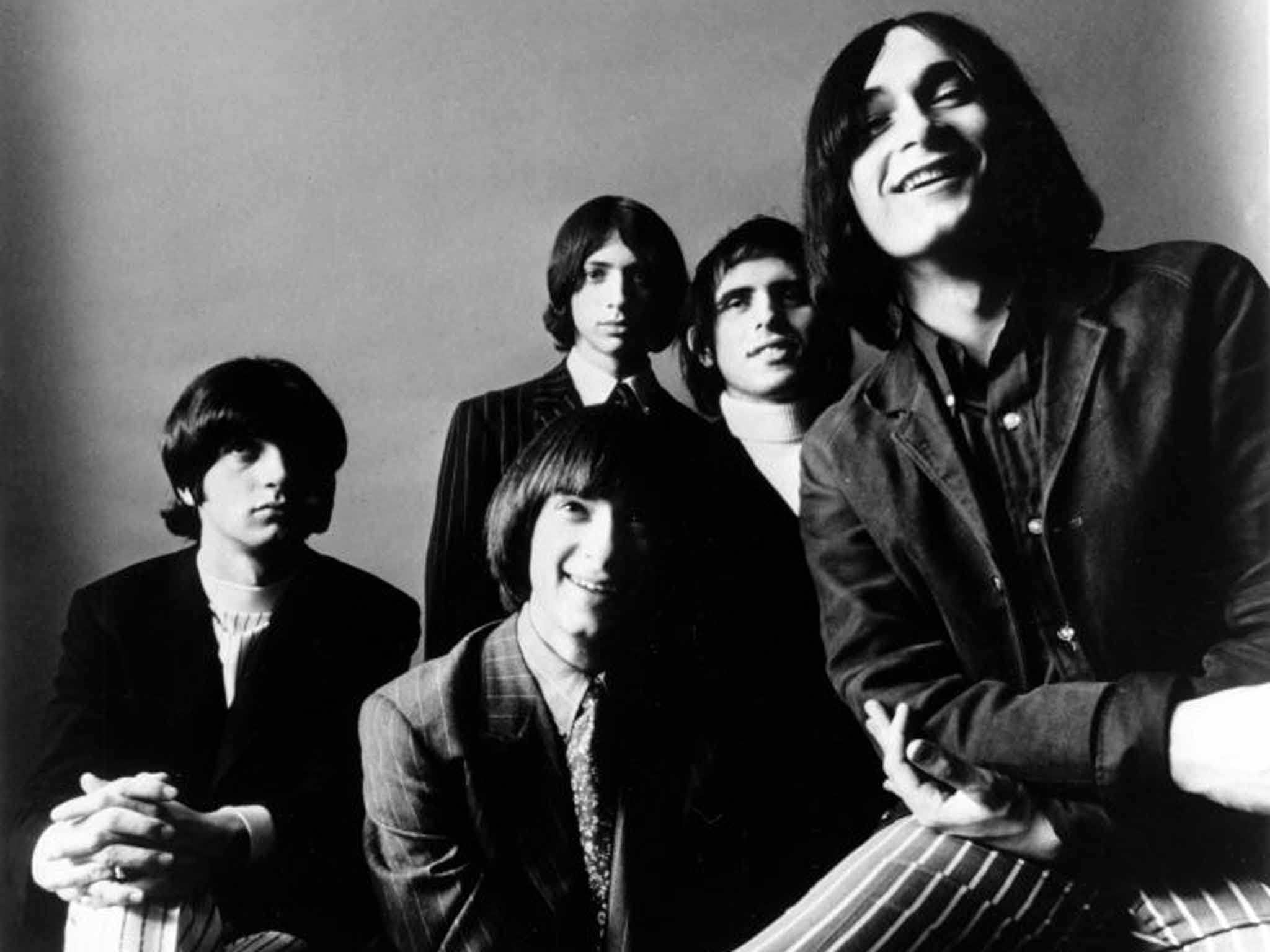Michael Brown: Keyboard player who wrote 'Walk Away Renee', a tale of unrequited love, for his group Left Banke when he was 16 years old
Bassi guitarist Tom Finn described Brown as "a mad genius and consequently hard to work with... like Brian Wilson, but more extreme"

The history of pop and rock music is strewn with songs of unrequited love. Few combine the musical elegance and lyrical angst of "Walk Away Renee", which Michael Brown wrote for his group the Left Banke and which has resonated down the decades since reaching the top five in the US chart in 1966.
The American entertainment media were looking for the next big thing after the "British invasion". Because the track featured a string quartet, alto-flute solo and Brown on harpsichord, they branded it "baroque'n'roll". But the haunting melody and classical flourishes, while probably influenced by the Rolling Stones-penned "As Tears Go By" and the Beatles' "Yesterday", transcended attempts to tie it to a passing fad. Proof of its durability has come with myriad cover versions, from a Motown hit single in 1967 to a Cajun folk duet 40 years later.
Making the song's timeless quality all the more remarkable is the fact that Brown, who has died from heart failure aged 65, was only 16 when he wrote it. According to the credits he did so in collaboration with Bob Callili and Tony Sansone, although the nature of their input is unclear.
What is beyond argument is that the Left Banke's recorded output, showcased on the 1992 compilation There's Gonna Be A Storm, relied heavily on Brown's fragile flair. The keyboard player was the writer, or co-writer with other members, on 16 of the 26 numbers.
The back-story to "Renee" has long intrigued fans and critics. Brooklyn-born Brown's muse was Renee Fladen, then-girlfriend of the Left Banke's bass guitarist, Tom Finn. Brown, seemingly infatuated by her, was quoted as having felt unable to play when she turned up at the New York recording studio owned by his father, session violinist Harry Lookofsky. "My hands were shaking because she was right there in the control room. There was no way I could do it with her around, so I came back and did it later."
Fladen and Finn parted, and she moved to Boston before resurfacing in California as a classical singer. Yet her brief acquaintance with Brown, or lack of any, also inspired the follow-up to "Renee" – the plaintive "Pretty Ballerina", with a similar chamber-pop arrangement – and another song of teenage self-doubt, "She May Call You Up Tonight". All were exquisitely sung by Steve Martin, fleshed out by lush, three-part harmonies, and featured on the Left Banke's 1967 debut album.
Brown had left before "Renee" was completed. However, its US success led to his being invited back to play piano on tour dates. Finding life on the road unfulfilling he retreated into writing and arranging, much as Brian Wilson had with the Beach Boys.
This caused unease among Finn, Martin and drummer George Cameron, which grew into rancour when Brown used session musicians to record "Ivy, Ivy" and released it under the Left Banke name. The trio issued a statement calling for a boycott of the record, claiming it was made by "strangers we've never heard of". Brown rejoined again in late '67, only for public confusion over the "two Left Bankes" to undermine the prospects of a fine song he brought to the sessions, "Desiree". He left before the Left Banke Too LP was released, this time for good.
Meanwhile, the Four Tops' interpretation of "Renee", featuring a stunning, desolate vocal by Levi Stubbs, reached No 14 in the US and No 3 in the UK. Other artists to release versions include Southside Johnny, Rickie Lee Jones, Herman's Hermits, Marshall Crenshaw, Sylvie Vartan, Vonda Shepherd, Badly Drawn Boy, Billy Bragg, and, in 2006, the Cajun singer Ann Savoy with Linda Ronstadt.
In 2004 it was listed at No 220 in Rolling Stone's "500 Greatest Songs of All Time". "Ballerina" was recorded by Alice Cooper and "She May Call You Up" by Ian Matthews.
Brown would form three bands – Montage, Stories and the Beckies – after quitting the Left Banke. He was particularly proud of his work with Montage, especially the song "She's Alone", which had echoes of "Eleanor Rigby". Nevertheless it was the enigmatic beauty of his work with the Left Banke that prompted attempts to coax him into doing interviews, usually without success.
In 2003 Finn described Brown as "a mad genius and consequently hard to work with... like Brian Wilson, but more extreme". He also hailed him as "one of the greatest pop melody writers of the 20th century, up there with Brian Wilson and Paul McCartney". Brown, on the same radio show, revealed that Keith Richards was an avid Left Banke fan.
Brown guested fleetingly at New York dates in 2012 by Cameron and Finn's reconstituted Left Banke. After being helped to a piano stool, he focused intently on the keys, beamed as he played, shook a few hands and returned to his semi-reclusive life.
Michael David Lookofsky (Michael Brown), musician, songwriter and producer: born New York 25 April 1949; married Yvonne Vitale (two sons); died Englewood, New Jersey 19 March 2015.
Join our commenting forum
Join thought-provoking conversations, follow other Independent readers and see their replies
Comments